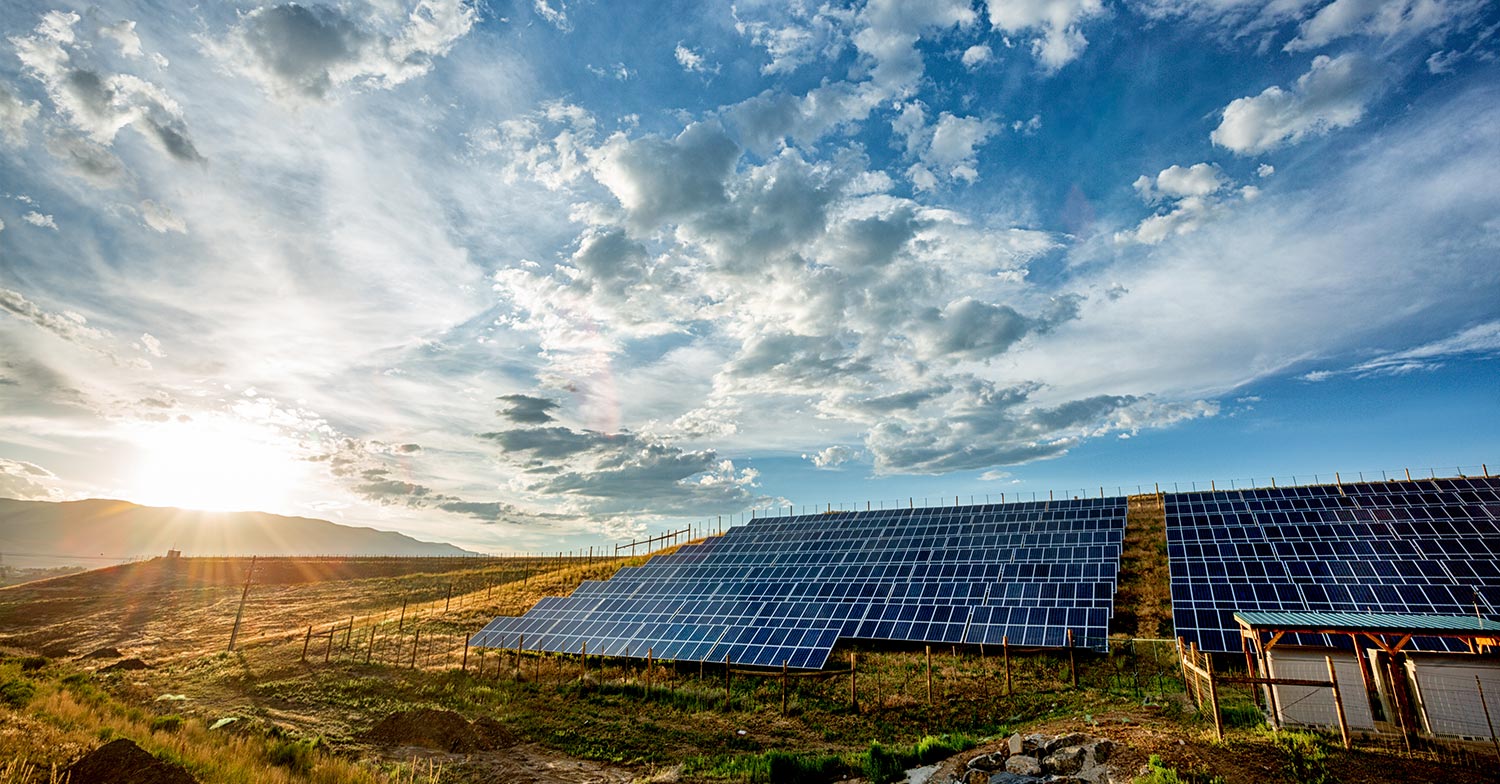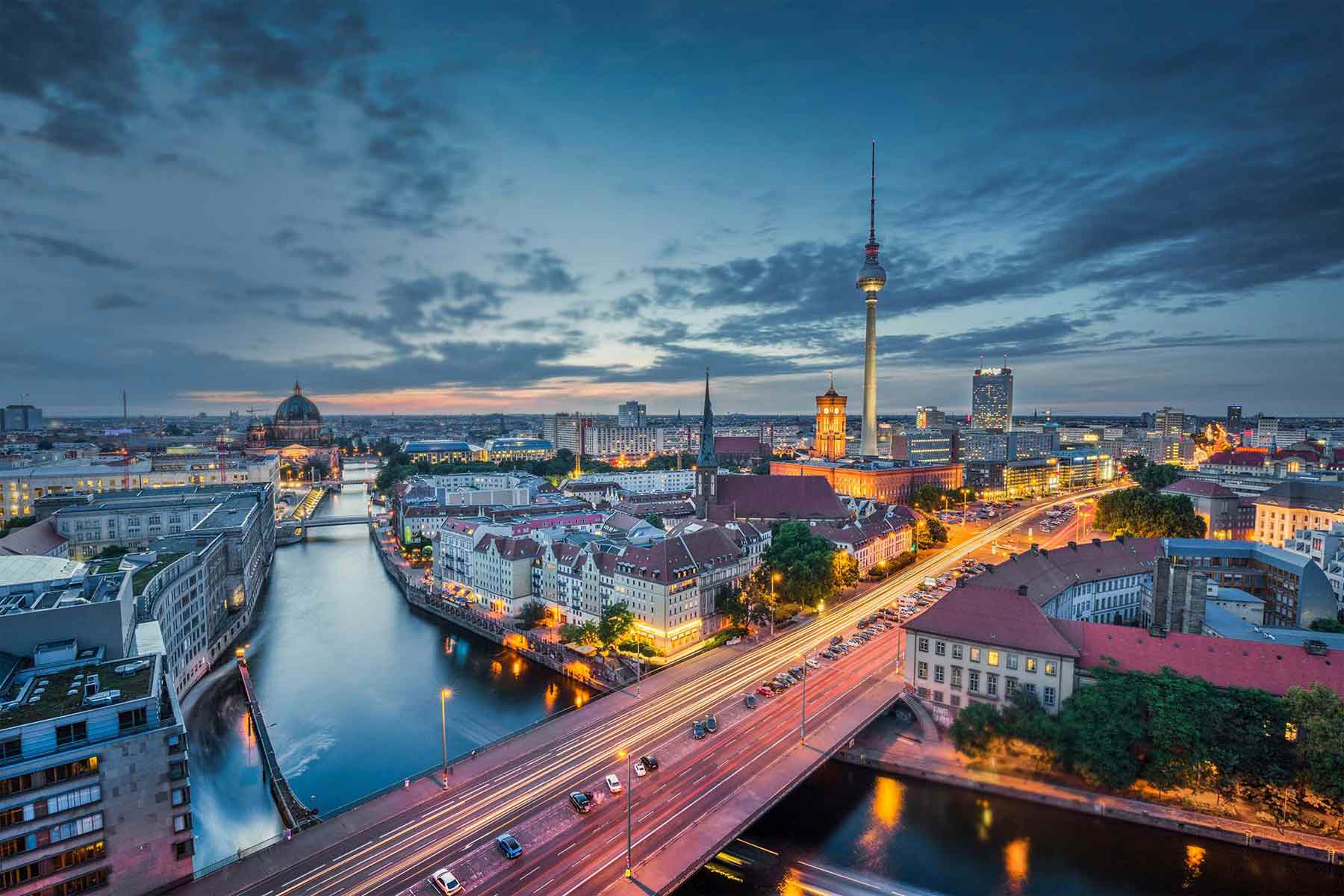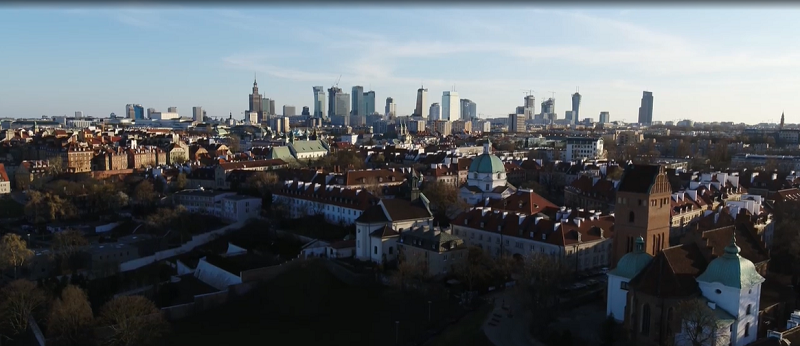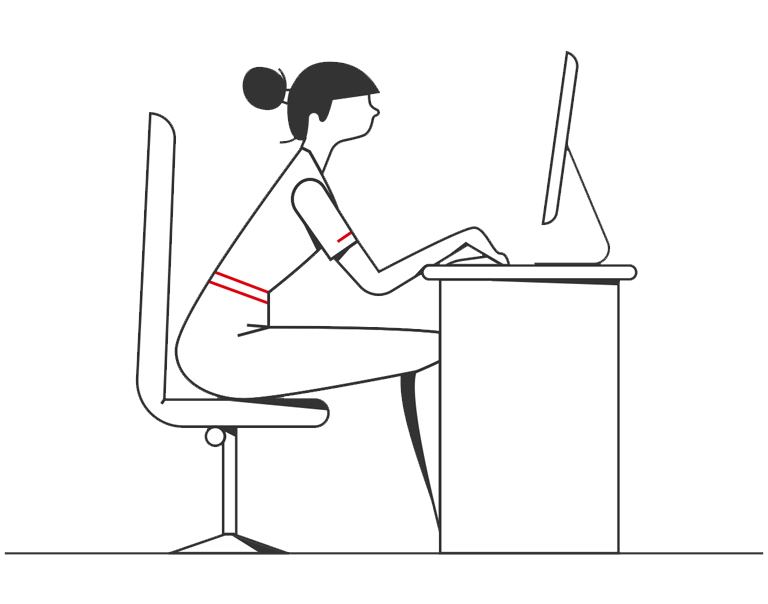Expand your business, locally and globally. Whether your growth strategy is to build on what you have or expand your business reach globally – or both – HSBC could have the right solution. Inject capital into your supply chain or establish working relationships with new partners in new markets quickly, easily and confidently using our cross-border funding and trade and receivables finance services.














